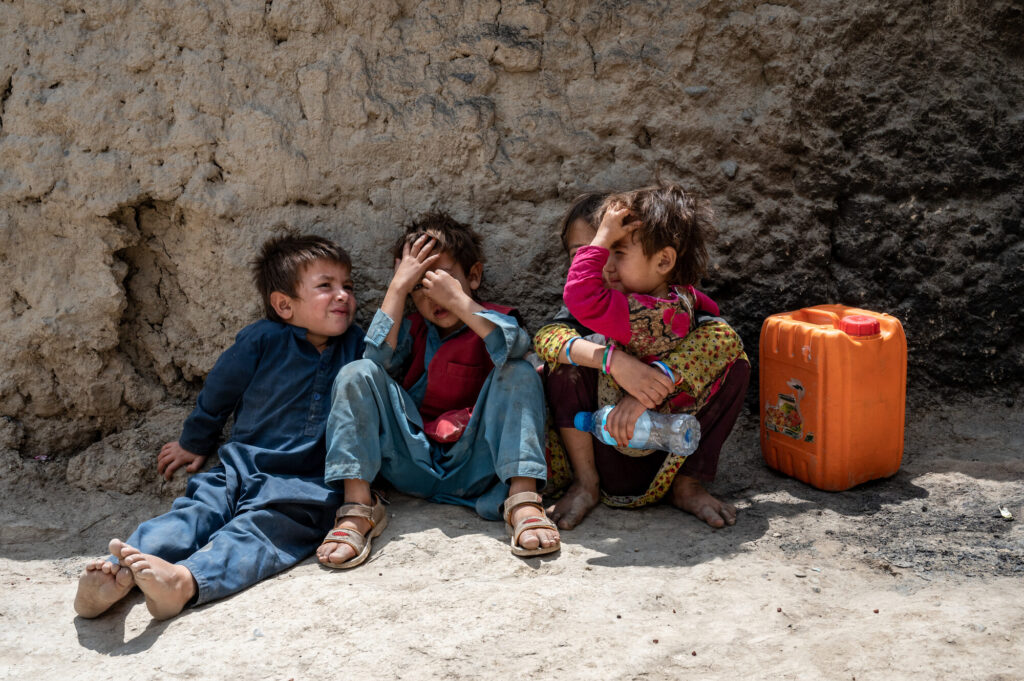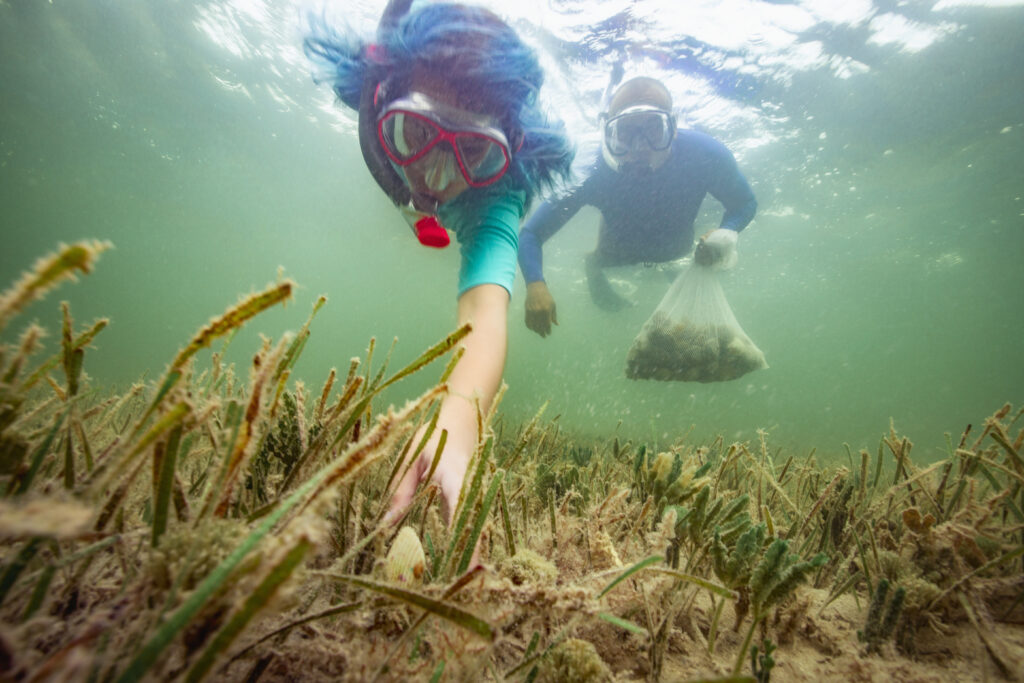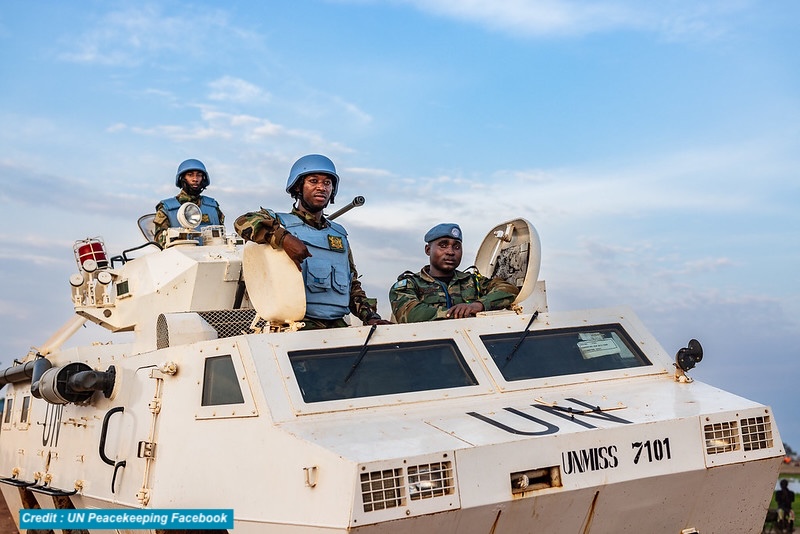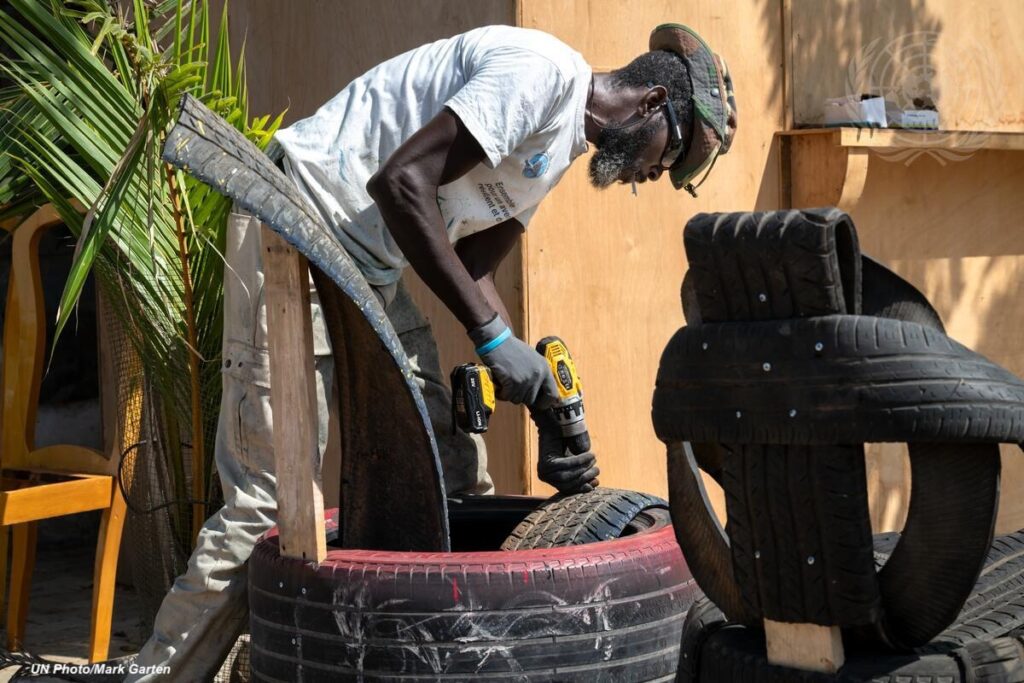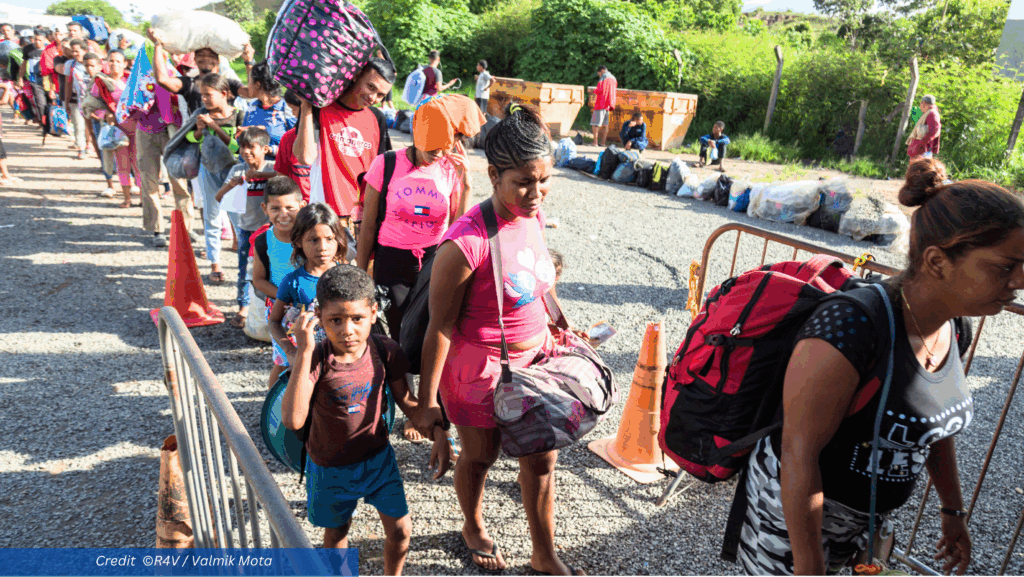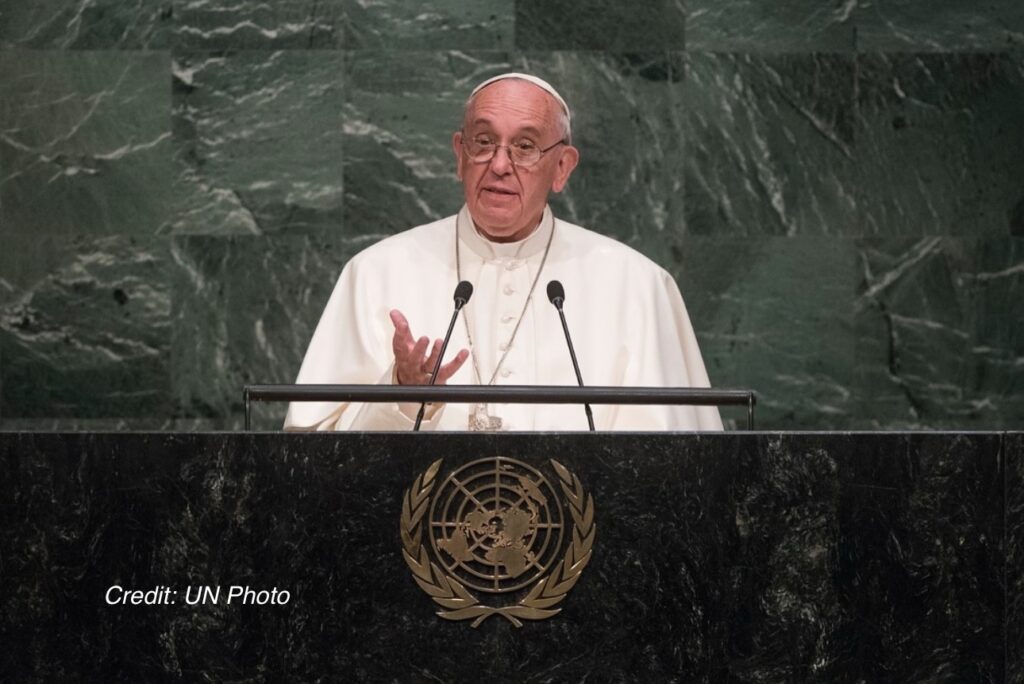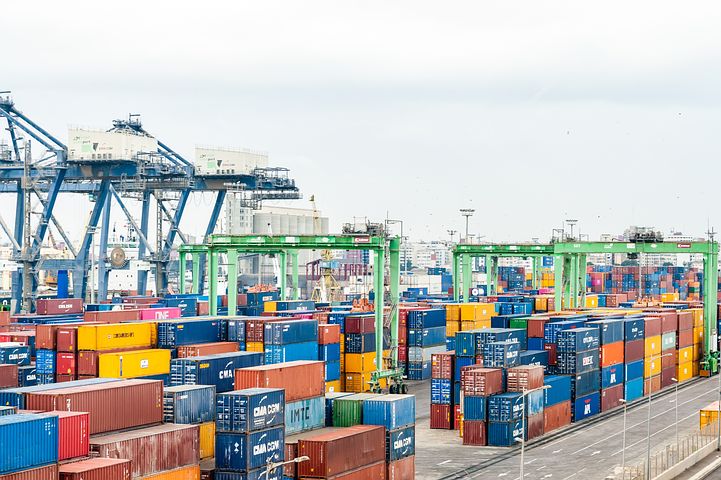Despite progress, child labour still affects 138 million children globally – ILO, UNICEF
Note: A new report by the International Labour Organization and the UN Children’s Fund, based on the latest global and regional estimates on child labour, has found that 138 million children are still in child labour, including 54 million in hazardous work, despite significant progress over the past two decades.
Geneva/New York, 11 June 2025 – Nearly 138 million children were engaged in child labour in 2024, including around 54 million in hazardous work likely to jeopardize their health, safety, or development, according to new estimates released today by the International Labour Organization (ILO) and UNICEF.
The latest data show a total reduction of over 20 million children since 2020, reversing an alarming spike between 2016 and 2020. Despite this positive trend, the world has missed its target of eliminating child labour by 2025.
The report, titled “Child Labour: Global estimates 2024, trends and the road forward”,
released one day ahead of the World Day Against Child Labour and on International Day of Play, underscores a stark reality that while gains have been made, millions of children are still being denied their right to learn, play, and simply be children.
Read report: Child_Labour_Report_2025_Embargoed.pdf
497K View as HTML Download
“The findings of our report offer hope and show that progress is possible. Children belong in school, not in labour. Parents must themselves be supported and have access to decent work so that they can afford to ensure that their children are in classrooms and not selling things in markets or in family farms to help support their family. But we must not be blindsided by the fact that we still have a long way to go before we achieve our goal of eliminating child labour,” said the ILO’s Director-General, Gilbert F. Houngbo.
According to the data, agriculture remains the largest sector for child labour, accounting for 61 per cent of all cases, followed by services (27 per cent), like domestic work and selling goods in markets, and industry (13 per cent), including mining and manufacturing.
Asia and the Pacific achieved the most significant reduction in prevalence since 2020, with the child labour rate dropping from 6 per cent to 3 per cent (from 49 million to 28 million children). Although the prevalence of children in child labour in Latin America and the Caribbean stayed the same over the past four years, the total number of children affected dropped from 8 million to about 7 million, the report notes.
Sub-Saharan Africa continues to carry the heaviest burden, accounting for nearly two-thirds of all children in child labour – around 87 million. While prevalence fell from 24 to 22 per cent, the total number has remained stagnant against the backdrop of population growth, ongoing and emerging conflicts, extreme poverty, and stretched social protection systems.
“The world has made significant progress in reducing the number of children forced into labour. Yet far too many children continue to toil in mines, factories or fields, often doing hazardous work to survive,” said Catherine Russell. “We know that progress towards ending child labour is possible by applying legal safeguards, expanded social protection, investment in free, quality education, and better access to decent work for adults. Global funding cuts threaten to roll back hard-earned gains. We must recommit to ensuring that children are in classrooms and playgrounds, not at work.”
Sustained and increased funding – both global and domestic – is needed more than ever if recent gains are to be maintained, warn the agencies. Reductions in support for education, social protection on, social protection, and livelihoods can push already vulnerable families to the brink, forcing some to send their children to work. Meanwhile, shrinking investment in data collection will make it harder to see and address the issue.
Child labour compromises children’s education, limiting their rights and their future opportunities, and putting them at risk of physical and mental harm. It is also a consequence of poverty and lack of access to quality education, pushing families to send their children to work and perpetuating inter-generational cycles of deprivation.
Boys are more likely than girls to be involved in child labour at every age, but when unpaid household chores of 21 hours or more per week are included, the gender gap reverses, the report notes.
Since 2000, child labour has almost halved, from 246 million to 138 million, yet current rates remain too slow, and the world has fallen short of reaching the 2025 global elimination target. To end it within the next five years, current rates of progress would need to be 11 times faster.
To accelerate progress, UNICEF and ILO are calling for governments to: Invest in social protection for vulnerable households, including social safety nets such as universal child benefits, so families do not resort to child labour.
Strengthen child protection systems to identify, prevent, and respond to children at risk, especially those facing the worst forms of child labour.
Provide universal access to quality education, especially in rural and crisis-affected areas, so every child can learn.
Ensure decent work for adults and youth, including workers’ rights to organize and defend their interests.
Enforce laws and business accountability to end exploitation and protect children across supply chains.
# # # # #
Notes to editors: Explore the data on child labour here. Explore data on children and play here.
Download multimedia content here.
For more information, please contact: Zeina Awad | ILO in Geneva|awadz@ilo.org
ILO Media Team | newsroom@ilo.org; Sara Alhattab | UNICEF in New York | + 1 9179576536 | salhattab@unicef.org
About the ILO – The International Labour Organization (ILO) is devoted to promoting social justice and internationally recognized human and labour rights, pursuing its founding mission that social justice is essential to universal and lasting peace. The only tripartite U.N. agency, since 1919 the ILO brings together governments, employers and workers of 187 Member States, to set labour standards, and promote social justice and decent work for all.
For more information about the ILO, you can visit www.ilo.org
Follow the ILO on X, LinkedIn, Facebook, Instagram, and YouTube
About UNICEF – UNICEF, the United Nations agency for children, works to protect the rights of every child, everywhere, especially the most disadvantaged children and in the toughest places to reach. Across more than 190 countries and territories, we do whatever it takes to help children survive, thrive, and fulfil their potential. For more information about UNICEF and its work, please visit: www.unicef.org. Follow UNICEF on X (Twitter), Facebook, Instagram, and YouTube
United Nations journalists – United Nations journalists – United Nations journalists
United Nations News – United Nations News – UN Correspondents Association – UNCA Awards
Despite progress, child labour still affects 138 million children globally – ILO, UNICEF Read More »

